
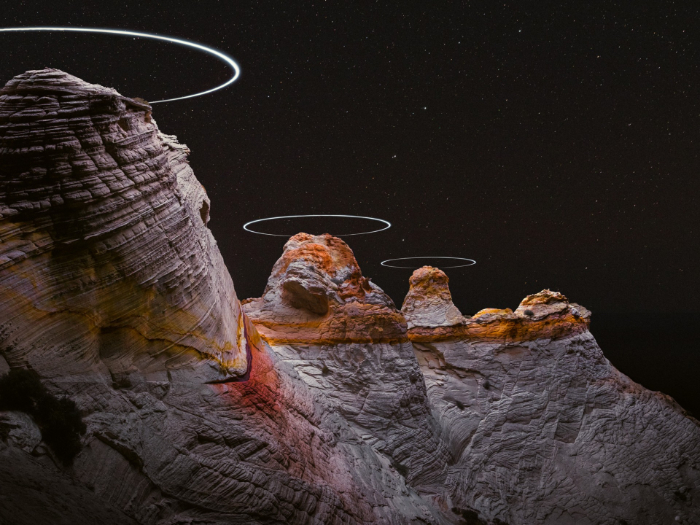
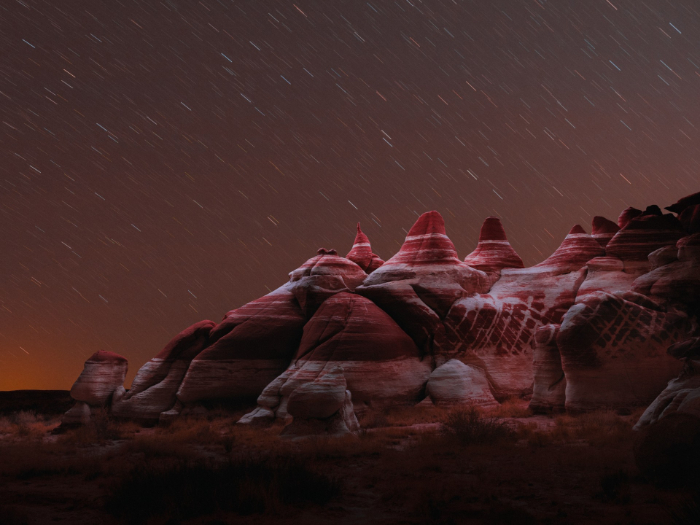
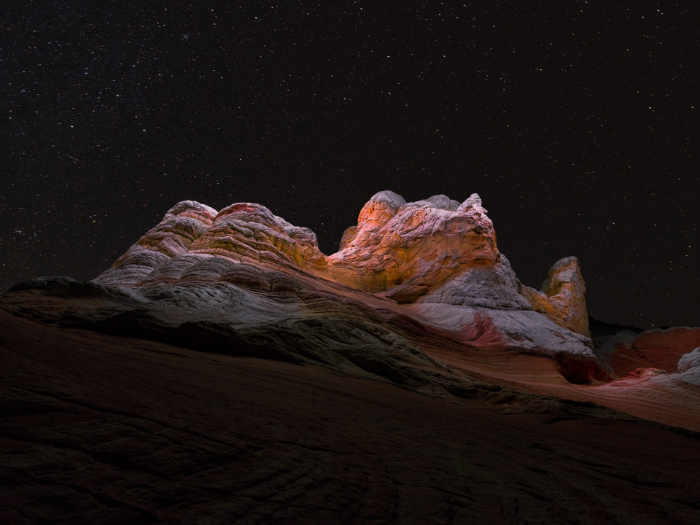
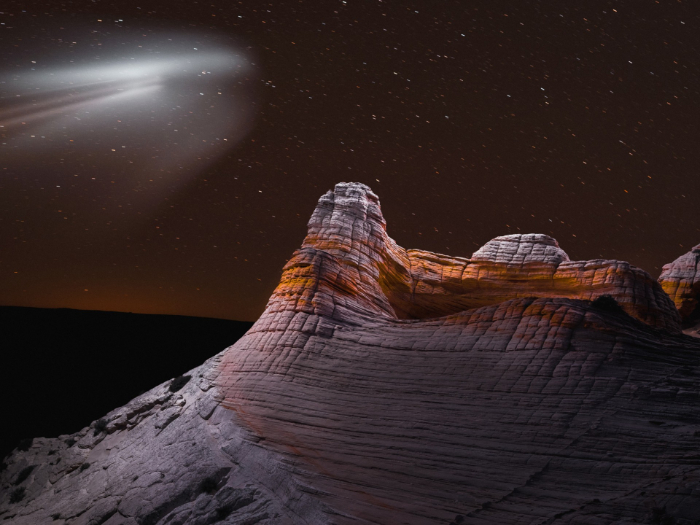
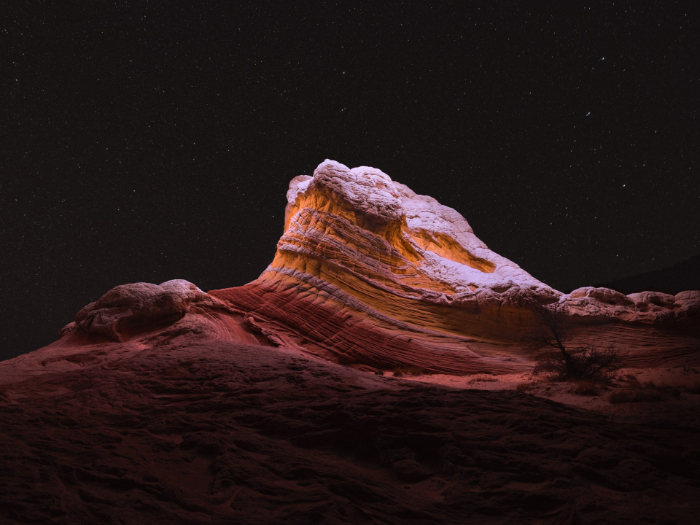
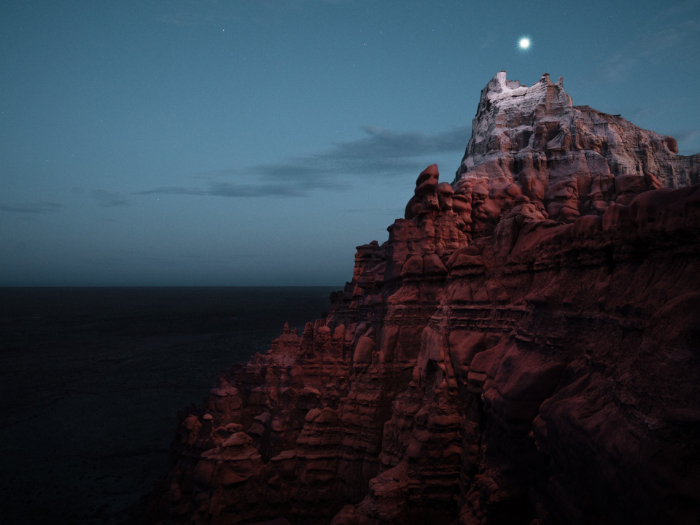
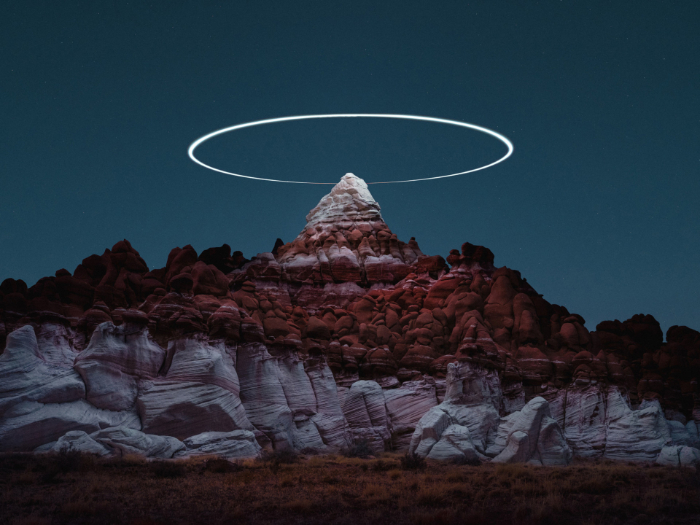
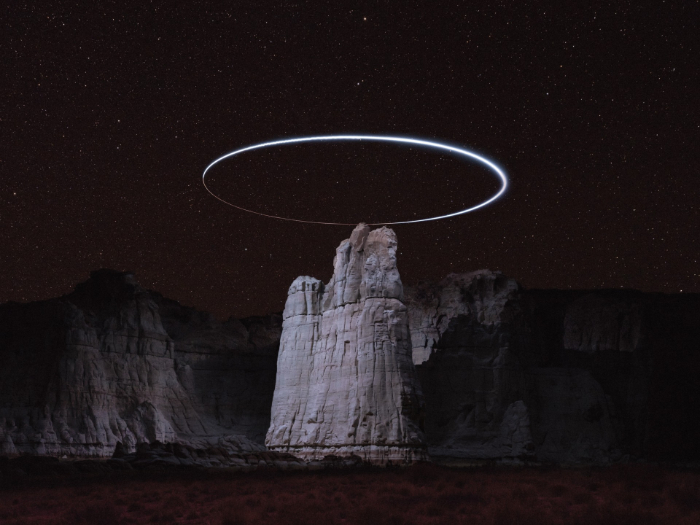
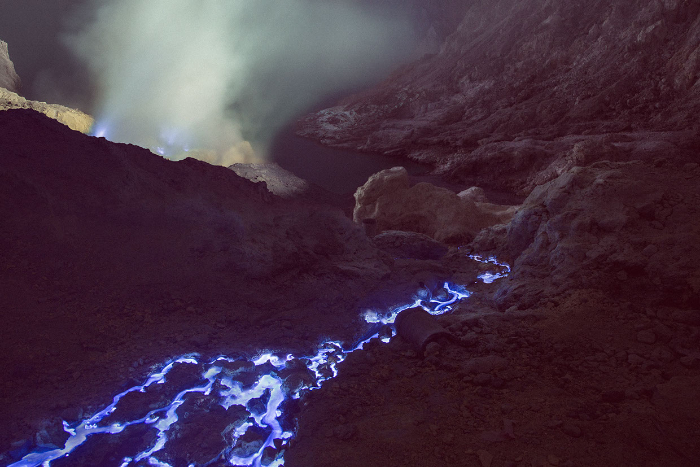
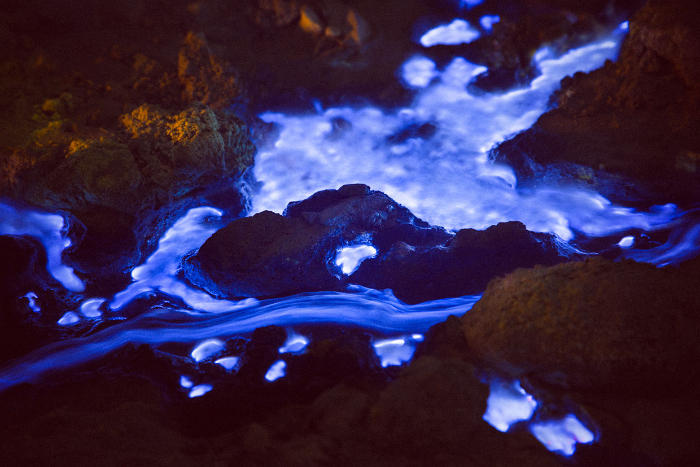

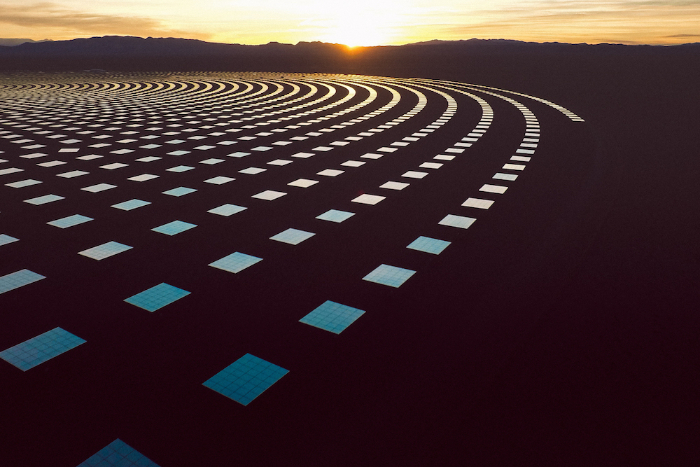
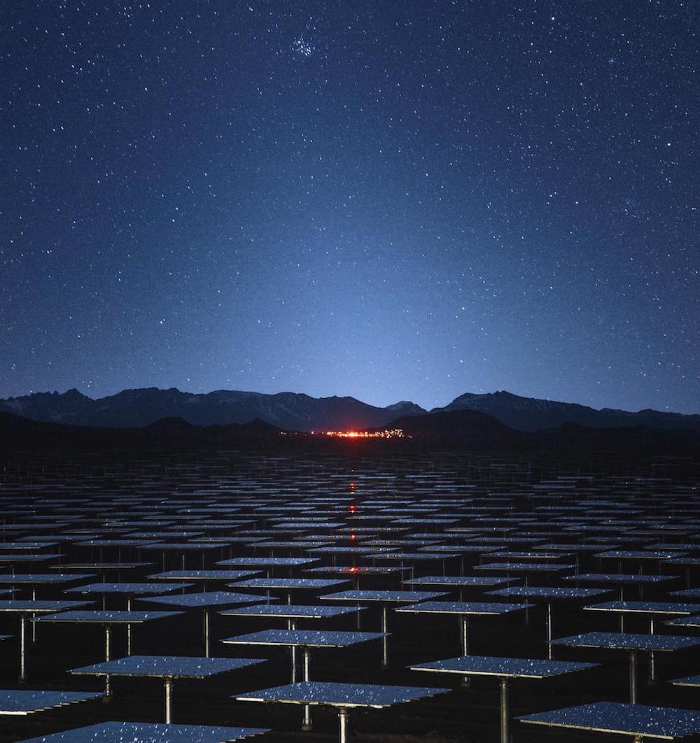
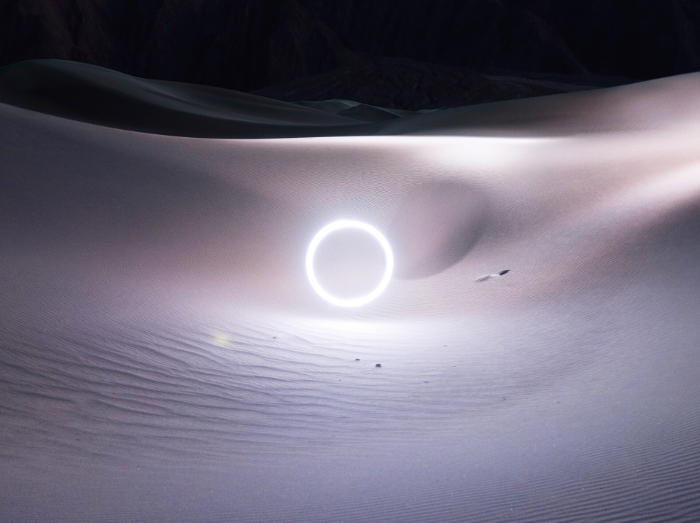
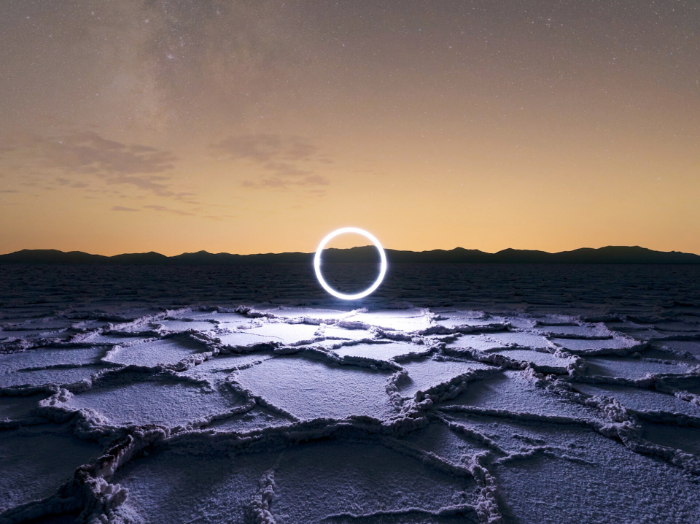
 1:00:43
1:00:43
Dive Deep Into the Vast Open Serengeti in 4K
Watching wild animals in their natural habitats is as exciting as nature gets. Enjoy the journey!
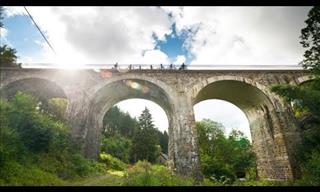 3:20
3:20
Discover the Gorgeous and Green Belgium Ardennes
Once again, BabaMail is taking you for a gorgeous overview by drone of this incredibly beautiful area.
 3:27
3:27
If You Needed Proof Istanbul Is Stunning, This Is It
Take a tour through Istanbul's most beautiful sights from a bird's eye view in 4K resolution!

Marine Portraits From the Pitch-Black Depths
A self-taught photographer who combined his passion for diving with his photography skills to bring us unique portraits of just-hatched fish.
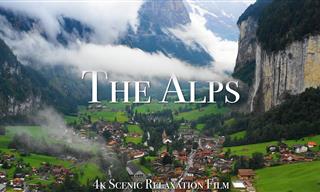 1:00:42
1:00:42
Take Yourself on an Hour's Travel to the Whimsical Alps
If you're not particularly fond of hiking but still enjoy a good mountain view, this video should be right up your alley.
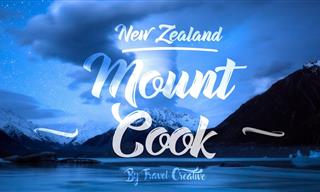 7:37
7:37
Visiting the Tallest Moutain in NZ: Mount Cook Adventure!
Don't miss out on this opportunity to witness the splendor of this unique destination.
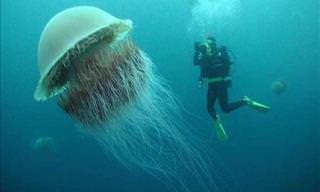
These Things Are So Big That They Almost Beggar Belief
There are creatures and architecture that are on a relatively normal scale, and there are those that are just massive. Take a look at these 20 photos.
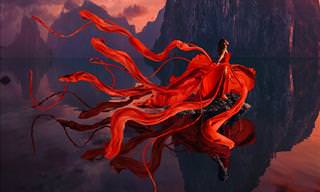
20 Stunning Photos of Women in the Most Gorgeous Dresses!
Get ready to appreciate a showcase of the most outstanding pieces of fashion along with some of the most picturesque locations on the planet. Enjoy!
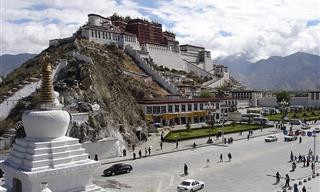
Ten Most Impressive Castles in the Far East
We're going to introduce you to 10 of the most fascinating and spectacular palaces built in East Asia, each with a captivating backstory.

Dubai, the City of a Thousand and One Views!
Dubai arguably boasts the most incredible urban landscape in the entire world. Take a look at these stunning pictures of the emirate's skyline.

The Small Things in Nature Are the MOST Precious!
All 22 of these genius macro shots will reveal the captivating hidden beauty of nature to you from a brand new, and much closer look
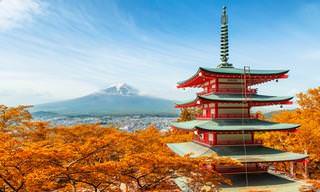
Japan's Nature Comes Alive in Gorgeous Photo Collection
The immense beauty of Japan's nature is presented through a huge collection of sublime photographs.
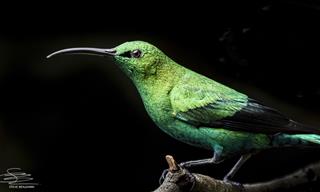
10 Show-Stopping Photos of the Sunbirds of South Africa
Admire the magnificent, regal beauty of South African sunbirds in 10 stunning photos in this article

Here Are 14 of the Funniest Wildlife Pictures You Will See
Sometimes wild animals can be pretty amusing without realizing it and these hilarious pictures show them at their funniest!

Let These Wonderful Photos Fill Your Day with True Joy
These pictures tell some beautiful stories, and all of them unite to make you feel that life is a joy!

This Photographer Really Captures the Beauty of the Ocean...
Gorgeous Underwater Life by Alexander Semenov.

13 Colorized Historical Pics You Shouldn’t Miss!
The past comes to life in these beautifully-colorized historic photographs.

25 Photos That Tell an Amazing Story
Extraordinary photos from recent years who have really made an impact on all who see them.
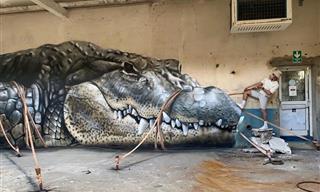
Incredible 3D Art Brings Life to Dull and Dreary Spaces
French street artist Scaf has been winning people over with his mind-bending 3D graffiti art. Check out his best works.

These Stunning Bird Photos are All Award Winners
Bird photos make for some of the most beautiful pictures possible, and these are the very best of these.
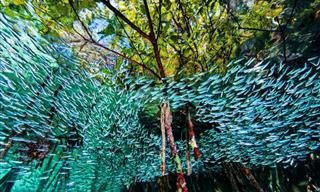
These Photos Well Deserve to Be Called "Best of the Year"
The National Geographic has been sharing brilliant photography with the world for years, and 2016 has certainly been no exception. Take a look at some here!
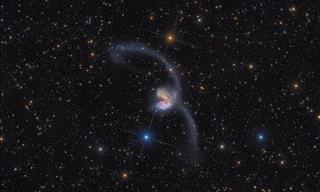
These Photos of Space Will Make You Feel Really Small!
The 2015 winners of the Insight Astronomy Photographer of the Year competition have just been announced, and their images are incredible...
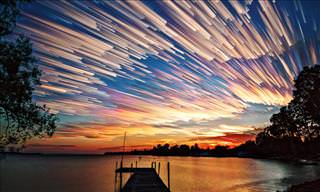
These Photos Show How Our World Is Just Full of Surprises!
We are blessed to inhabit this Earth - think of all the beautiful things that you've seen! Here are 21 photos to prove that the world is full of surprises.
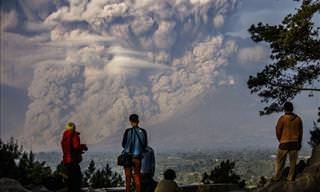
Time Stood Still for These 21 Stunning Photographs
Time is a series of present moments that elapse and leave us with beautiful memories, so here are 21 such photographed moments never to be forgotten.
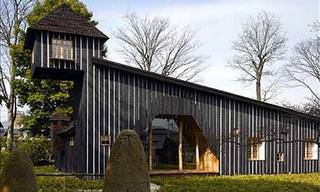
Are These Japanese Houses Crazy or Artistic?
The Japanese are known for being a little eccentric. Put that together with their enterprising spirit and there's a recipe for weirdest home designs ever!
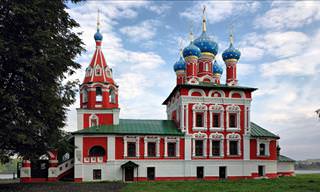
Have You Seen These Beautiful Churches?
Churches are beautiful and peaceful places that always manage to put me in a relaxed state of mind. Perhaps it is their beauty or their design, but this amazing feeling is even more powerful at these 22 most iconic and majestic of churches.

Time Transforms Everything - 15 Incredible Photos
Admire how time changed the world around us in these 15 historical photo comparisons of famous places around the world.

Then & Now: Stars Side by Side Their Own Childhood Photos
These images make it seem as though celebrities are casually hanging out with themselves as kids, and it's pretty fascinating to see!

In Pictures: Different Cultures, Different Childhoods
Photographer Massimo Bietti captures the innocence of children from all parts of our world through his lens.

19 Fairy Tale Structures You Can Find in Norway
Norway is one of the more unique countries in Europe, possessing views that rival the best fantasy books out there...

Make Your Home Even Better With These Awesome Ideas
If you're looking to do a spot of home redecorating, these ideas will inspire you to greatness!

18 Pictures That’ll Give You A Glimpse of The Past Century
Thanks to historical photographic records we get a glimpse of the way of life that was in the past years around the world...

Some Ceilings Keep You Dry, Some Make You GASP
Some ceilings were meant to be admired...

History Doesn't Forget: Rare Historic Photos!
Here, the past is still alive and kicking, and for a few moments, we are back in those momentous time and events that shook the world not that long ago...

These Extreme Engineering Projects Will Leave You in Awe
The world is already full of amazing structures that leave us in awe, but as the following recent projects show, we always want something bigger and better!

Taj Falaknuma Palace: The Most Opulent Oriental Beauty
Taj Falaknuma Palace is one of the most fabulous gems in all of India, with plenty of fascinating stories to tell from the age of the British Empire.
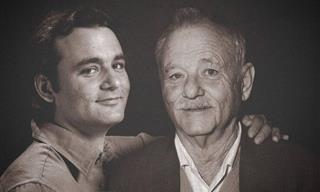
When Celebrities Met Their Younger Selves (20 Pics)
Enjoy this fun collection of pictures where famous celebs hang out with their younger selves.

Look Twice: 16 Amazing Perfectly-Timed Street Photos
These street photos will mess with your head. Just a little...
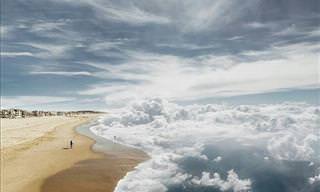
20 Stunning Photos Captured at the Perfect Moment
Take a look at these perfectly-timed photos that will undoubtedly take your breath away.
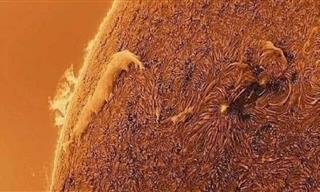
16 Of the Best Astronomy Photographs Ever Taken
The wonders of our universe in 16 glorious photos.
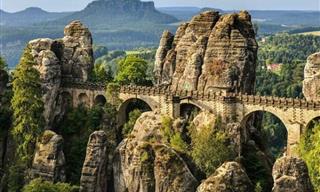
14 Examples of Stunning Infrastructure That Inspire Awe
Enjoy this collection of pictures of incredible engineering marvels from the world over.

Drop Everything and Take a Look at These Incredible Photos
You've simply got to check out these 20 powerful photographs that really do say a thousand words each!

The 25 Coolest Movie Posters Ever Made
Movie posters from the 1900s had a different charm. Let’s check out the best ones from that era.

15 Photos of Superstars Side by Side Their Younger Selves
Have you ever dreamed to see your favorite celebrity next to their younger selves? Then here is a collection of 15 very famous people now and then.
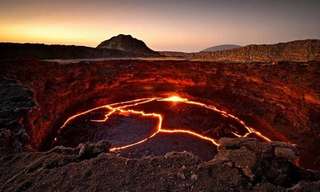
The Incredible Sights You Won't See Every Day...
20 unbelievable photos showing amazing scenes of history, science and nature, that will make you think.

15 Historical Photographs Very Few Have Seen
This collection of fantastic historical photos will leave you intrigued.
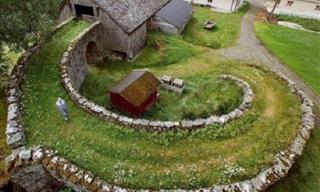
15 Captivating Photos of Impressive Artwork and Designs
We stumbled upon some really unique photos of intentional and accidental art.


